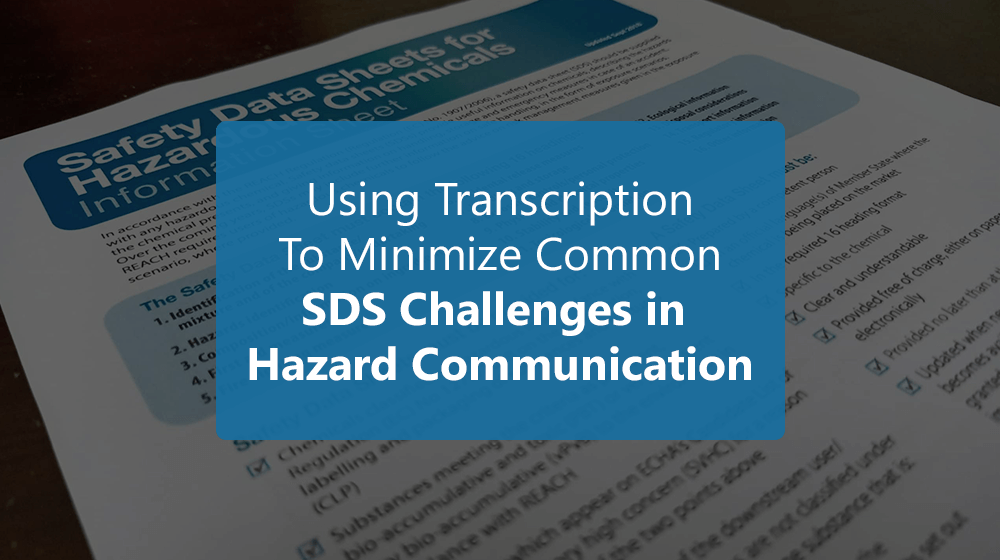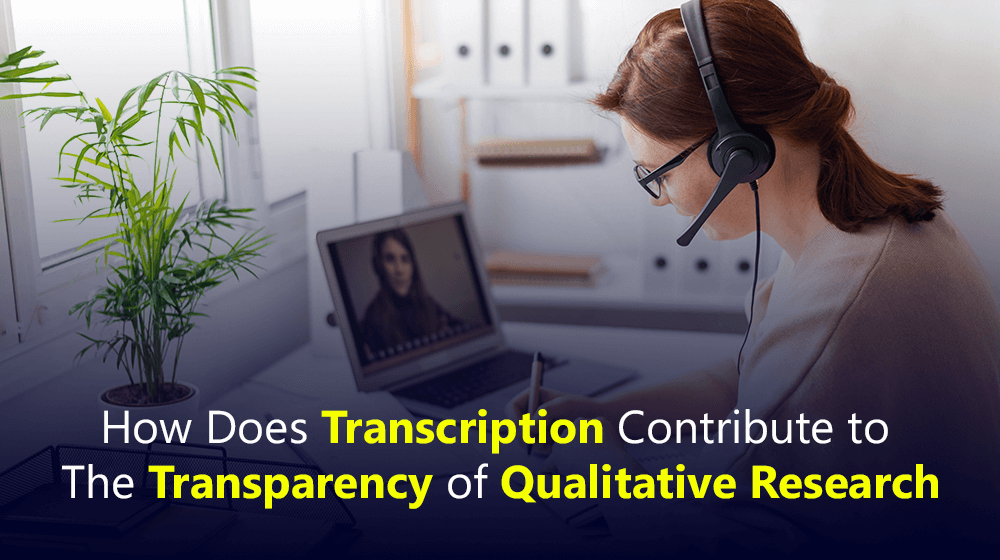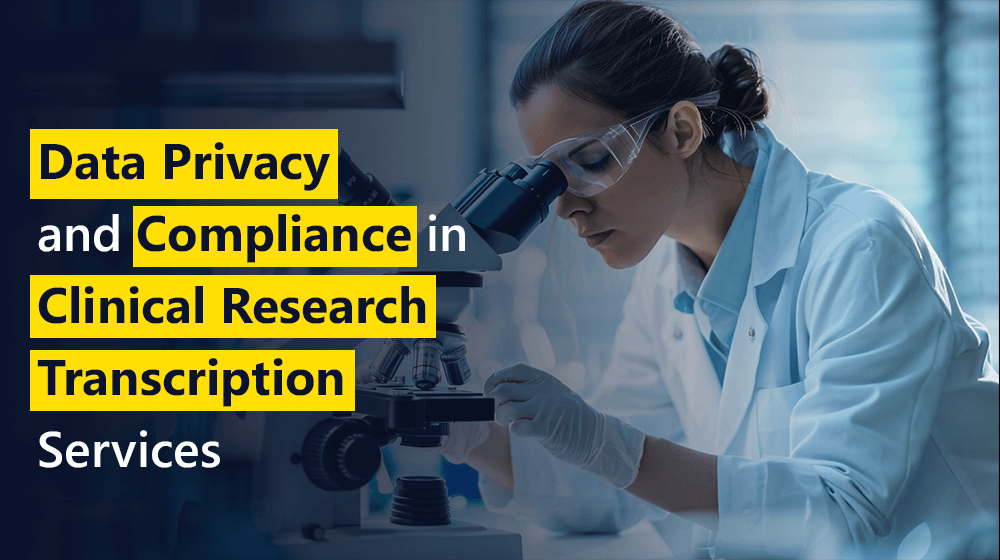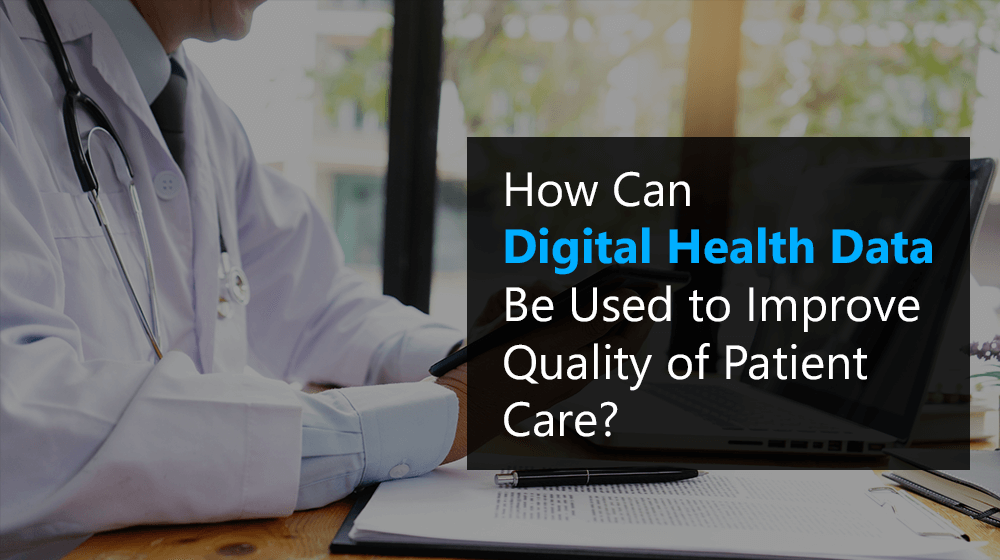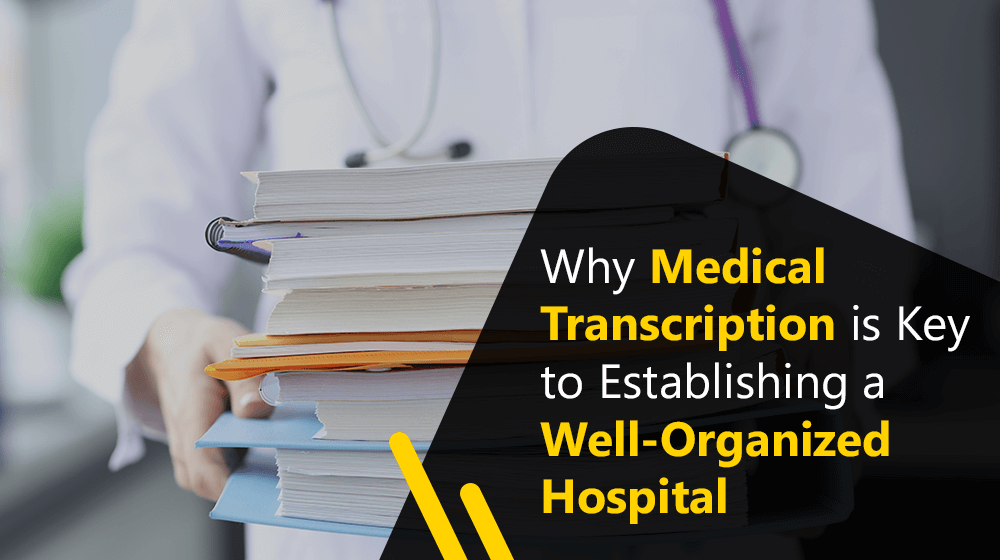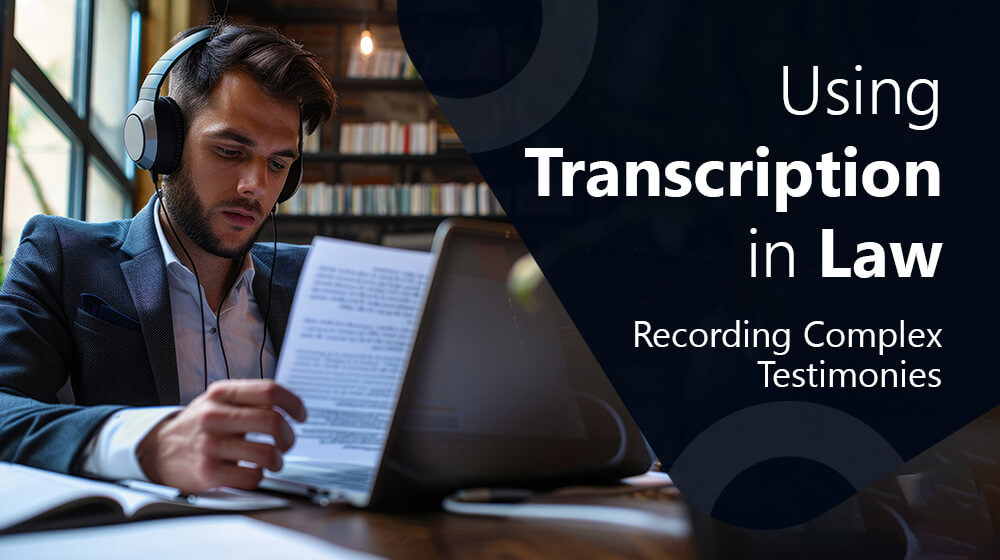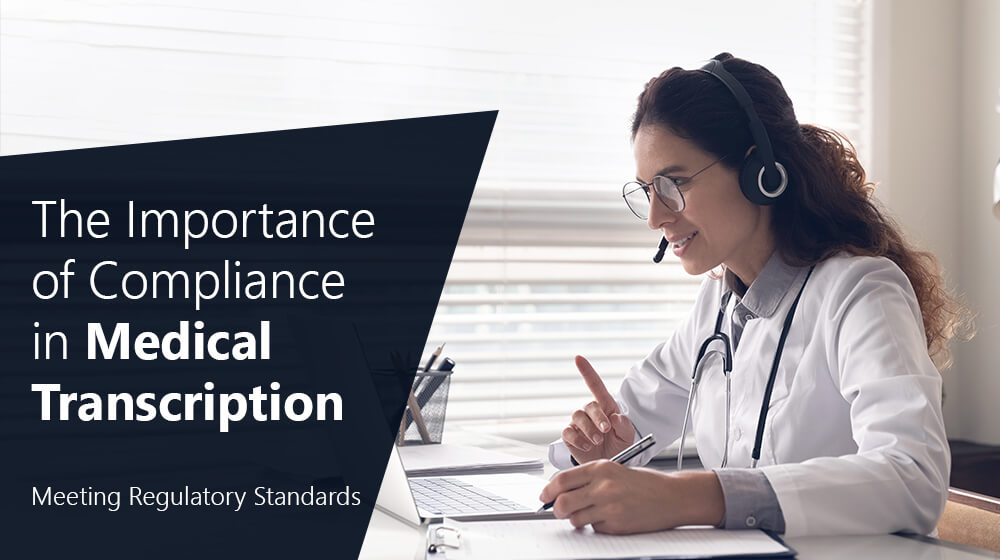Text analytics is essential for businesses that want to make the most of their data. But
what is it, its significance, and how to use it? By the end of the blog, we will answer
all your questions.
What is Text Analytics?
It is the simple process of extracting meaning from unstructured documents and datasets. This process is way more reliable than traditional data analysis methods. It is a powerful tool to reveal hidden insights in unstructured data. This data science process uses machine learning (ML), deep learning, Natural Language Processing (NLP), and predictive algorithms.
Text analysis also employs statistical, quantitative analysis, and linguistic skills to derive patterns from unorganized data piles. It involves various techniques to clean, process, and analyze datasets to uncover insights.
Why is text analysis critical?
Here are the main advantages of text analysis:
- Boosts the company’s revenue
By leveraging text analytics, companies can gain a competitive edge and drive increased revenue. For example, a company can use it to analyze customer reviews and feedback.
Text analytics supports monitoring social media platforms for mentions of the company or its products. Businesses can benefit from analytics by better understanding their markets, customers, and rivals. It can ultimately help increase sales and improve bottom-line results.
- Improves Data-driven Decisions
Text analysis improves data-driven decisions by identifying patterns and trends in data. For example, it can help a business trying to decide which new products to develop. By understanding the data, companies can make more informed and effective decisions.
- Enriches customer engagement
Text analysis supports collecting conversations and reviews of customers from multiple sources. It assists in decoding customers’ likes, dislikes, and preferences. It further supports organizations in improving their performance by becoming more available and responsive to their customers.
Text analytics helps firms monitor and respond to changes in customer sentiment. It brings better customer acquisition and loyalty rates.
- Increases Insights From Unstructured Data
As businesses are relying more on text data mining to guide decisions, the role of text analytics is becoming more critical. It helps extract immersive insights from customer feedback, social media posts, and support ticket data.
By understanding the sentiment and meaning of this data, businesses can gain valuable insights. They can understand various aspects such as customer satisfaction, product development, and marketing.
- Makes operations scalable
Text analytics is the best medium to improve the performance of organizations. It can help them identify and track administrative issues. It discovers profitable prospects in developing branding strategies for firms. The analytics can improve efficiency by identifying process improvements and automating tasks.
5 Text Analytics Approaches
So it was about the fundamentals of the text analysis approach and its importance. But what’s next? Well, now we will look into the most crucial part. That is the approach to performing it the right way.
1. Word Spotting
The Word Spotting approach is a powerful tool for mining information from data in the text analytics market. It works by recognizing keywords and phrases and using them to determine their meaning. This approach is impactful in analyzing large amounts of data very quickly. It can provide insights that would be difficult to obtain through other methods.
2. Text Categorization
This logical reasoning method assigns a category or label to a piece of text. A machine learning algorithm or a list of predefined categories is used to extract knowledge from training data. It has various applications in the text analytics industry, including document classification, topic identification, and sentiment analysis.
3. Topic Modeling
Topic modelling is a predictive analysis approach that identifies themes or topics in a collection of documents. You can use it for summarizing extensive data collections and finding the leads. This predictive analytics also finds usage in generating automated documents from a set of topics.
4. Manual Rules
The manual rules approach is to identify patterns and meanings. It has diverse applications in research and academic settings and for data scientists. The manual process is very effective in uncovering hidden insights but is also time-taking.
5. Word Sense Disambiguation
Word Sense Disambiguation (WSD) is one of the text analytics best practices. It helps determine the meaning of a word and its context. The context in which the word finds use can provide clues that help to describe its meaning.
ANT is here with reliable Text Analytics services for you
Text analytics is a valuable data visualization methodology for businesses. If you want to explore affordable yet quality analytic services, search no more; we are here to help you. We are famous for curating the best qualitative analysis and text analytics solutions.
Our team has the best analysts who integrate top-notch text analytics software and data management approaches. They bring the desired results to your table. The text analytics conference reports can help you add agility and an intelligent approach to your business operations.
Every word tells a story; can you recognize it? Well, with a text framework analysis, you definitely can. Take your business to new and glorious heights with the correct analysis strategy.







